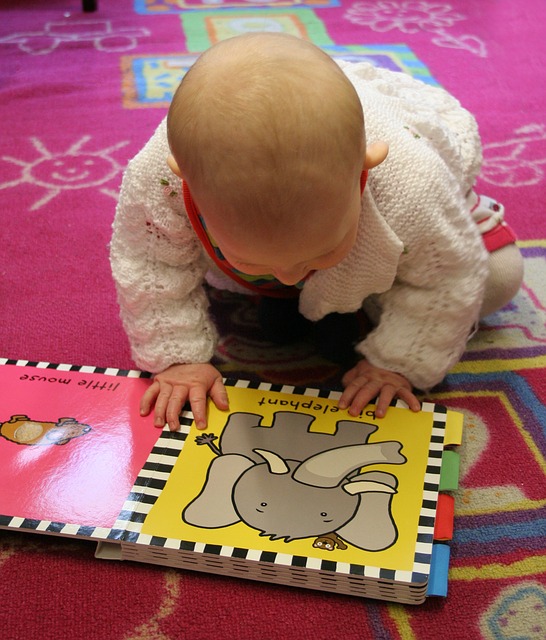Using Photographs to Create a More Engaging Family History Book
Biff Barnes
Have you ever watched the way a child explores a new book? She might pick it up an examine the cover image, then flip through the pages, stopping occasionally, usually on a picture or photograph. She often has a fully formed opinion of the book before she begins to read it.
 Courtesy of Nickelbabe on Pixabay
Courtesy of Nickelbabe on Pixabay
I have watched adults examine books and seen the same thing. They peruse the books images before going back to examine the text.
As you create a family history book, consider making yours an illustrated book.
At Stories To Tell we always encourage people to tell the stories behind their family histories. Let’s take that advice a step further and suggest that family historians use images to tell those stories. It may have become a cliché to say “a picture is worth a thousand words,” but it is certainly true that a great image captures a moment in time at a particular place in a way that almost nothing else can. For most of us it’s almost impossible to think of the Great Depression without recalling the photographs of Dorthea Lange. Courtesy of Wikipedia
Courtesy of Wikipedia
Family photo collections can provide similarly compelling images. Portraits and action shots often provide an insight into the character and personality of ancestors that may not be found so easily in the written records. But it’s important to go beyond images of individuals to include photos that capture a time and place. You may find them in the family collection, or you may need to draw upon the many excellent collections available online at places like the Smithsonian, the Library of Congress or the National Archives and Records Administration. New collections like the 870,000 photos recently posted by the New York City Department of Records are becoming available every day. Images of historical art and artifacts provide potential illustrations of the days before photographs were available.
Unlocking the stories contained in these historical images is best achieved by employing a systematic approach. The Smithsonian in Your Classroom quarterly provides a simple approach to photo analysis. In its Every Picture Has a Story issue the photo experts at the Smithsonian suggest applying five questions in analyzing each photograph.
- What is happening in the picture?
- What is the setting of the picture?
- Who took the picture?
- Why was the picture taken?
- When was it taken?
In answering each question consider both what you have evidence to show and what conclusions you might reach by speculating about the photograph.
Well chosen, well interpreted photographs can enhance the experience of the readers of your family history. It will help to add that child-like level of engagement you see when a kid picks up a book, even if the “kid” is seventy-five years old.
 Nancy Barnes
Nancy Barnes
If you are interested in learning more about how to restore and sharpen historical photos for your book catch Stories to Tell founder Nancy Barnes’ computer lab sessions on Historical Photo Restoration with Photoshop Creative Cloud at RootsTech February 13 & 14 at RootsTech in Salt Lake.